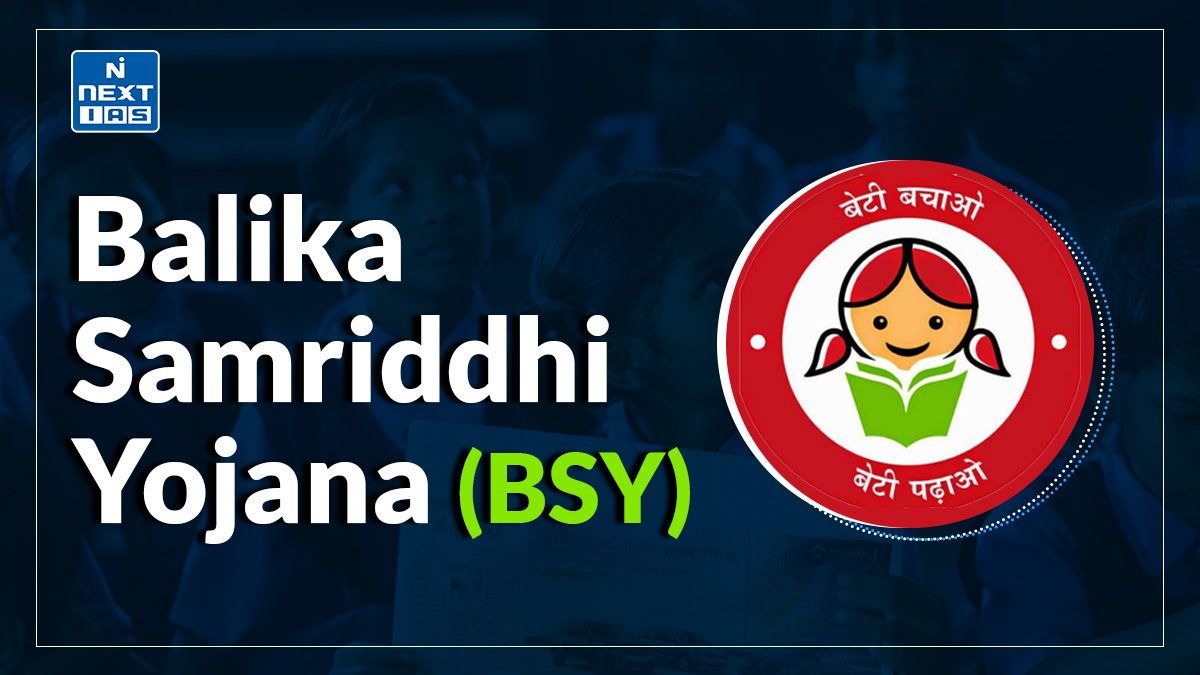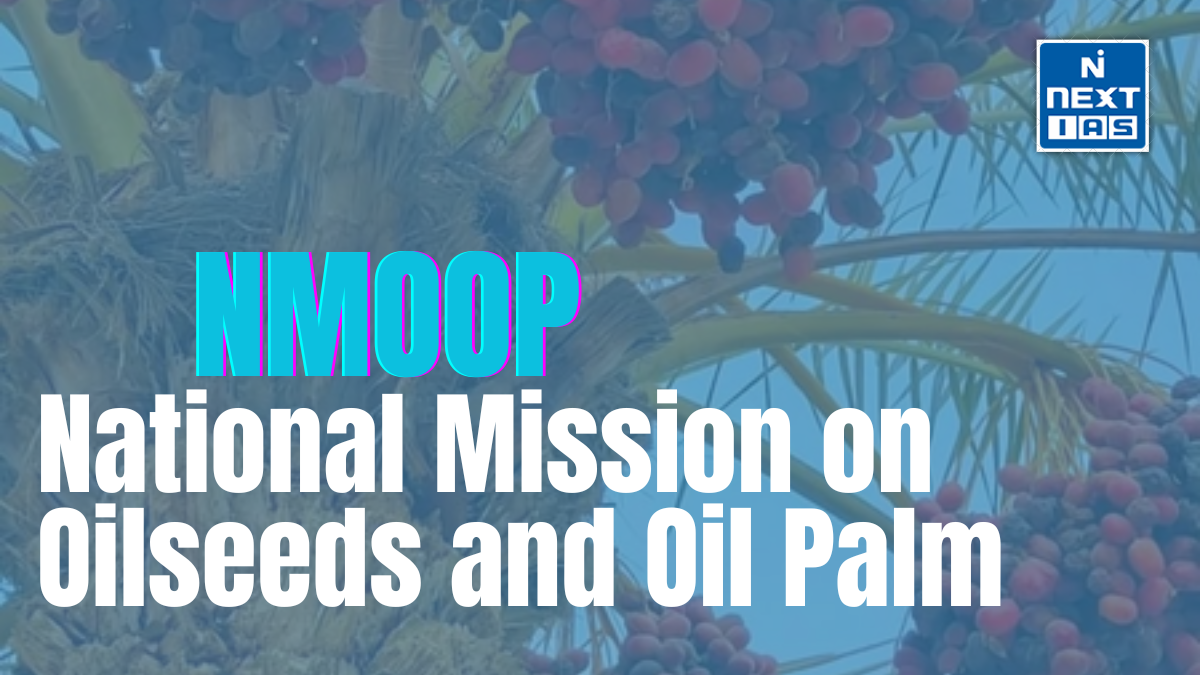
The Ministry of Tourism launched its flagship scheme of ‘Swadesh Darshan’ in 2014-15 and provided financial assistance to the State Governments/ UTs Administration/Central Agencies for development of tourism infrastructure at various destinations, subject to availability of funds, submission of suitable Detailed Project Reports, Adherence to scheme guidelines and utilization of funds released earlier etc. During the period 2014-15 to 2018-19, a total number of 76 projects were sanctioned under identified thematic circuits in 31 States/UTs of the country for Rs. 5292.57 Crore.
About the Swadesh Darshan Scheme
- The Swadesh Darshan Scheme is an initiative launched by the Ministry of Tourism, Government of India, in 2014-15 to promote theme-based tourism circuits across the country.
- It aims to develop and enhance tourism infrastructure, ensuring a world-class travel experience while preserving cultural heritage.
- The scheme focuses on 15 thematic circuits, including Buddhist, Coastal, Desert, Eco, Heritage, Himalayan, North-East, Rural, Spiritual, and Wildlife Circuits. It emphasizes sustainable tourism by improving connectivity, infrastructure, and local community involvement.
- Financial assistance is provided to state governments and Union Territories for the development of tourist sites, including roads, signage, illumination, and basic amenities.
- The scheme aligns with the Dekho Apna Desh initiative to boost domestic tourism.
- In 2022, the government introduced Swadesh Darshan 2.0, focusing on destination-driven, sustainable, and high-quality tourism development.
- The revamped scheme aims to position India as a top global tourism destination.
Features of the Swadesh Darshan Scheme
- Thematic Circuits: The scheme focuses on 15 thematic circuits, including Buddhist, Coastal, Desert, Eco, Heritage, Himalayan, Rural, Spiritual, Tribal, and Sufi circuits, among others.
- Holistic Tourism Development: It ensures integrated development by improving roads, signages, public facilities, illumination, and accommodation at tourist sites.
- State-Centric Implementation: Projects are implemented in collaboration with state governments and UT administrations, ensuring local participation and sustainable tourism.
- 100% Central Financial Assistance: The Ministry of Tourism provides full financial support for project development, covering infrastructure upgrades and capacity building.
- Eco-Tourism & Sustainable Practices: The scheme encourages environment-friendly tourism by promoting responsible travel, conservation efforts, and eco-sensitive destinations.
- Promotion of Local Economy: By enhancing tourism facilities, it generates employment opportunities for local communities, artisans, and businesses.
- Linkage with PRASHAD Scheme: Swadesh Darshan complements the PRASHAD (Pilgrimage Rejuvenation and Spiritual Heritage Augmentation Drive) Scheme, which focuses on religious tourism sites.
- Use of Technology: Digital tools such as mobile applications, audio guides, and virtual tours are integrated to enhance visitor experience.
Objectives of Swadesh Darshan Scheme
- Integrated Development of Theme-Based Circuits
- Develop tourist circuits based on specific themes, such as Buddhist, Coastal, Desert, Tribal, and Heritage tourism, ensuring holistic tourism experiences.
- Enhancing Tourism Infrastructure
- Improve basic and advanced infrastructure like roads, signage, public amenities, last-mile connectivity, and tourist facilitation centers to provide a seamless experience.
- Promoting Sustainable Tourism
- Ensure eco-friendly and responsible tourism practices by focusing on community participation, conservation, and reducing the environmental impact of tourism activities.
- Employment and Economic Growth
- Generate local employment opportunities and support small businesses, artisans, and service providers to boost regional economies.
- Showcasing India’s Cultural and Natural Heritage
- Highlight India’s rich cultural, historical, spiritual, and natural heritage to attract both domestic and international tourists.
- Encouraging Public-Private Partnerships (PPP)
- Collaborate with state governments, local authorities, private stakeholders, and tourism boards for sustainable and efficient tourism development.
- Balanced Regional Development
- Promote tourism in lesser-known destinations to reduce over-tourism in popular areas and ensure equitable growth across regions.
Significance of Swadesh Darshan Scheme
- The Swadesh Darshan Scheme is a flagship initiative launched by the Government of India in 2014-15 to promote theme-based tourism across the country. The scheme plays a vital role in developing tourism infrastructure, fostering cultural heritage, and enhancing the visitor experience in selected destinations.
- One of its key objectives is to boost sustainable and responsible tourism by integrating local communities into the tourism economy. The scheme emphasizes infrastructure development, such as roads, lighting, and amenities, in tourist circuits based on specific themes like Buddhist Circuit, Coastal Circuit, Desert Circuit, and Heritage Circuit. This structured approach helps in creating world-class tourism facilities while preserving India’s diverse cultural and natural heritage.
- The scheme also contributes to economic growth and employment generation, particularly in rural and lesser-explored regions. By improving connectivity and amenities, it attracts both domestic and international tourists, leading to increased revenue for local businesses and artisans.
- Additionally, the Swadesh Darshan Scheme aligns with India’s broader tourism goals, including the Dekho Apna Desh initiative and the Atmanirbhar Bharat Mission, by promoting domestic tourism and self-reliance in the sector. It has also incorporated digital and eco-friendly practices to ensure sustainable tourism development.
- In summary, the Swadesh Darshan Scheme has significantly impacted India’s tourism industry by developing thematic circuits, boosting local economies, and enhancing the overall travel experience, making India a more attractive global tourist destination.
Lacunae of Swadesh Darshan Scheme
- Limited Private Sector Participation: The scheme relies heavily on government funding and execution, leaving little room for private investment and expertise in tourism infrastructure. This limits innovation and sustainability.
- Delays in Project Implementation: Many projects face delays due to bureaucratic red tape, land acquisition issues, and coordination challenges between central and state governments. This slows down tourism development.
- Lack of Promotion & Branding: Unlike global tourism initiatives, Swadesh Darshan does not emphasize aggressive marketing and branding strategies to attract international tourists, reducing its global appeal.
- Underutilization of Funds: In some cases, allocated funds remain unspent due to poor planning, inefficiencies, and administrative bottlenecks, leading to incomplete or stalled projects.
- Limited Community Involvement: While the scheme focuses on infrastructure, it does not sufficiently involve local communities, missing opportunities for employment generation and sustainable tourism.
- Overlooked Maintenance & Sustainability: Once developed, many tourist sites suffer from poor maintenance due to a lack of long-term planning, leading to deterioration of facilities.
- Lack of Integration with Other Initiatives: The scheme does not effectively integrate with other tourism programs like PRASHAD, reducing synergies in cultural and heritage tourism.
Swadesh Darshan Scheme – Key Highlights
- Launched: 2014-15 by the Ministry of Tourism
- Objective: Develop thematic tourist circuits across India for integrated tourism development.
- Funding: 100% centrally funded scheme.
- Themes: Covers 15 tourist circuits, such as:
- Buddhist Circuit
- Ramayana Circuit
- Heritage Circuit
- Himalayan Circuit
- North-East Circuit, etc.
- Focus Areas: Infrastructure development, connectivity, skill development, branding & promotion.
- Execution: Implemented in collaboration with State Governments and UTs.
- Swadesh Darshan 2.0 (Revamped in 2022)
- Focus on Destination-Centric Development instead of circuits.
- Encourages public-private partnerships (PPP).
- Eco-tourism, sustainability, and local economy integration.
Way Forward
The Swadesh Darshan Scheme should focus on sustainable tourism, enhanced digital infrastructure, local community involvement, and eco-friendly initiatives. Strengthening public-private partnerships, promoting lesser-known destinations, and integrating smart tourism technologies will ensure long-term success. Regular monitoring, skill development, and improved connectivity will further boost India’s cultural and heritage tourism sector.
Conclusion
The Swadesh Darshan Scheme, launched in 2014-15, successfully enhanced India’s tourism infrastructure by developing thematic circuits across the country. It boosted local economies, promoted sustainable tourism, and improved visitor experiences. With its achievements, the scheme laid a strong foundation for future tourism initiatives, integrating heritage, culture, and community participation.






